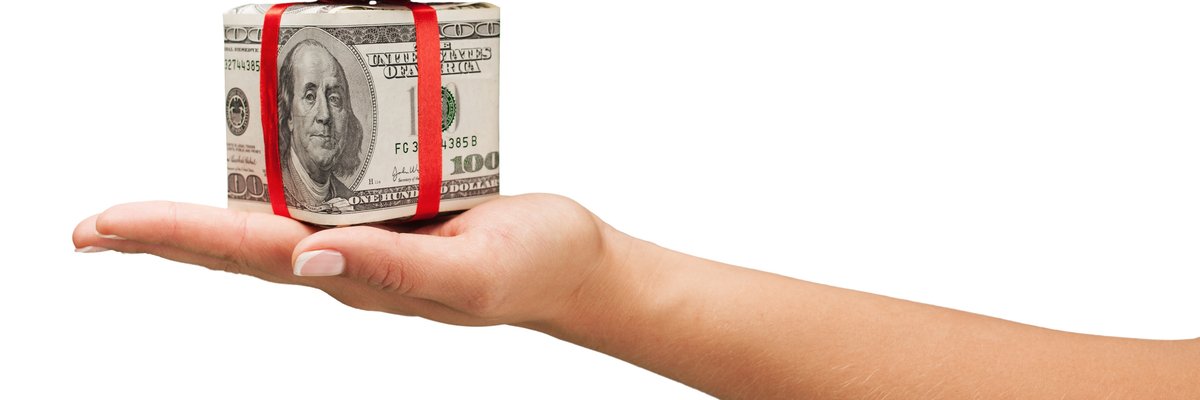I've Earned Over 10,000 Points on Everyday Spending With Chase Rewards Cards
Collecting Chase points is a breeze with the right combination of credit cards.
One of the best ways to maximize your credit card rewards is to use multiple cards. Credit cards can earn extra rewards in various spending categories. As such, more cards means more areas where you can earn extra points.
To give you a firsthand look at how this works, I'm going to recap how I earned 10,521 points from my Chase credit cards in the last three months. Since those are Chase Ultimate Rewards points worth $0.015 towards travel with the Chase Sapphire Reserve®, I can get at least $157.82 in value from them.
I'm not a big spender, so over 10,000 points in three months is a good return on my regular bills. To earn that much, I took advantage of all the ways Chase offers to earn extra points.
Bonus grocery rewards with the Chase Sapphire Reserve®
In November of 2020, Chase Sapphire cards began to offer bonus rewards on groceries. I have the Chase Sapphire Reserve®, which offers 3 points per $1 on up to $1,000 in monthly grocery purchases through April 30, 2021.
Like many people, my grocery spending has gone up during the pandemic, so I've loved this offer. With $1,715 in grocery spending, I've earned 5,145 points. Nearly half my rewards have come from this limited-time deal.
More bonus rewards with the Chase Ink business credit cards
I have two of the Chase Ink business credit cards, and each one offers quite a few different bonus categories.
The first is the Ink Business Cash® Credit Card. I don't use it that much, but it has no annual fee, and gets me bonus points on internet services. Internet comes with my apartment, but I do pay for Netflix. That has cost me $41 over the last three months, good for 205 points.
I also recently got the Ink Business Preferred® Credit Card. It earns bonus points on your first $150,000 per account year on:
- Travel
- Shipping
- Internet, cable, and phone services
- Advertising purchased through social media and search engines
Since I live outside the United States, I spend more than average on shipping. It's cheaper to buy many products stateside and import them.
I also had several other purchases that earned bonus points, even though I couldn't figure out which bonus category they belonged to. Overall, I spent $369 in bonus categories and earned 1,107 points.
1.5 points per $1 on regular spending with the Chase Freedom Unlimited®
The no-annual-fee Chase Freedom Unlimited® is practically a must-have if you want to maximize your Chase points. While it has several bonus categories, its standout feature is an unlimited 1.5 points per $1 on regular, non-bonus purchases. That's 50% more than the standard rate of 1 point per $1 you'll get with other Chase cards.
In my case, I spent $1,053 on my Chase Freedom Unlimited® for a total of 1,580 points.
The rest of my rewards
That covers the bulk of my points, but not all of them. I earned 595 points on $595 of non-bonus spending with the Chase Sapphire Reserve®. This card doesn't charge foreign transaction fees, so I often use it for everyday expenses as I live abroad.
I also collected 1,889 points on $1,889 of non-bonus spending with the Ink Business Preferred® Credit Card. Normally, I wouldn't use a card for so many regular purchases, but I need to spend enough to get the card's sign-up bonus, so I'm putting more of my expenses on it.
My spending comes in well below the average monthly expenses, which makes it tricky to earn tons of purchase rewards. That's why I have multiple credit cards and I try to always use the card that will get me the most back. You could collect much more in rewards by doing the same.
Our Research Expert
We're firm believers in the Golden Rule, which is why editorial opinions are ours alone and have not been previously reviewed, approved, or endorsed by included advertisers. Motley Fool Money does not cover all offers on the market. Motley Fool Money is 100% owned and operated by The Motley Fool. Our knowledgeable team of personal finance editors and analysts are employed by The Motley Fool and held to the same set of publishing standards and editorial integrity while maintaining professional separation from the analysts and editors on other Motley Fool brands. Terms may apply to offers listed on this page.



